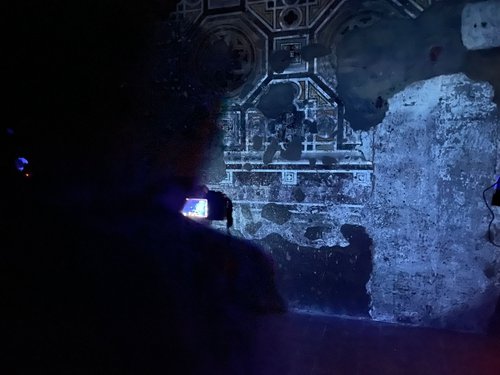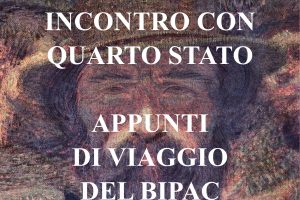The University of Milano-Bicocca contributes to the restoration and enhancement of one of Lombardy’s most fascinating 14th-century Visconti residences, combining scientific research and community engagement

Between 1355 and 1366, Bernabò Visconti and Regina della Scala built the Castle of Pandino as an elegant country residence rather than a fortress—an extraordinary example of Lombard Gothic architecture conceived for leisure, governance, and hunting. Today, the castle is at the center of the Anticamera della cultura 2.0 project, co-funded by Fondazione Cariplo under the “Luoghi da rigenerare 2023” call.
The Municipality of Pandino leads the initiative in partnership with the University of Milano-Bicocca and the Fondazione Teatro San Domenico ETS. It aims to restore two key spaces—the main hall and the adjacent antechamber—returning to the community areas of high historical and artistic value that had long lost their original function and appearance.
The Department of Materials Science of Milano-Bicocca is conducting diagnostic analyses coordinated by Anna Galli and carried out by Francesco Maspero and Simone Caglio. Using multispectral imaging and ultraviolet analysis, the team investigates pigments, preparatory layers, and previous restoration materials to support a scientifically grounded conservation process in collaboration with the Lambda Laboratory.
At the same time, the group led by Franca Zuccoli, Rector’s Delegate for Museum Activities, is developing initiatives for public engagement through surveys, focus groups, and educational collaborations with local schools, building a shared memory around the castle and its history.
Preliminary results will be presented on 29 November during Arte e(’) Scienza, the national event organized by the Italian Association of Archaeometry (AIAr).
For a deeper insight into the project, read the full article on the Bnews portal




Comments are closed, but trackbacks and pingbacks are open.